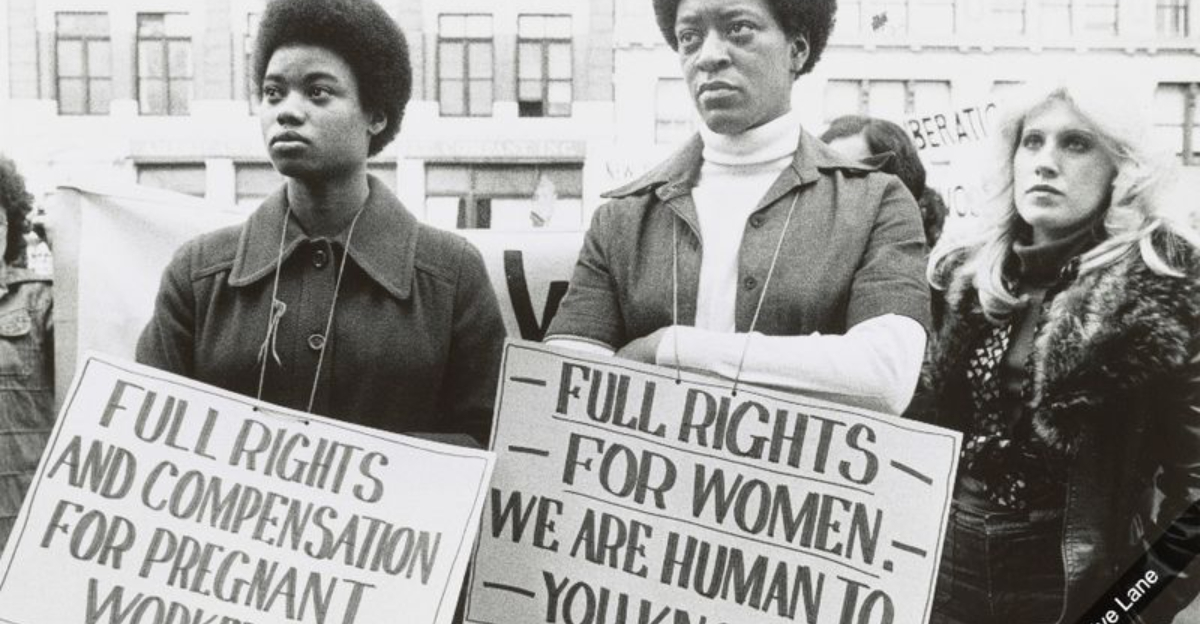The ’30s Vs. Today: What Women Had To Endure To Survive In A Different Era
We talk a lot about how strong women are, but strength meant something different in the 1930s.
Back then, it didn’t mean ambition or independence. It meant surviving. Enduring. Carrying the weight of expectation, silence, and inequality—every single day.
Here are 15 brutal realities women faced just to get through life in a world that didn’t see them as equals.
1. Being forced to quit work the moment they got married
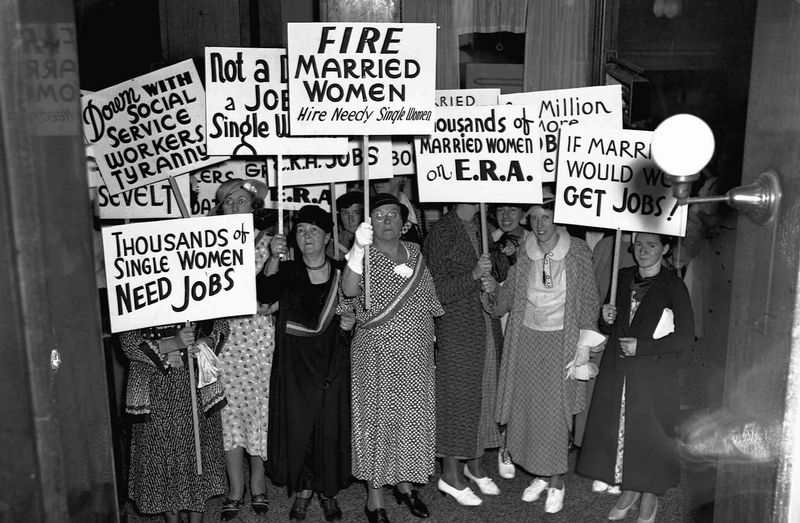
Marriage in the 1930s often signaled the end of a woman’s career. Once those vows were exchanged, a wedding ring symbolized not just love but also an abrupt halt to professional dreams. Society expected women to leave their jobs to focus on homemaking. Women who loved their jobs faced a pivotal choice—career or marriage—because juggling both was simply not an option.
Imagine the frustration of seeing male colleagues continue their work journey while the same opportunity was snatched away with a ring. This wasn’t just about employment; it was about losing a crucial part of one’s identity. Women today may juggle multiple roles, but at least they have the choice. Back then, enduring meant accepting this enforced domesticity, despite personal ambition.
The societal norms were rigid, leaving women little room for maneuver. The echoes of these norms reverberate today, even as we strive for true equality in work-life balance.
2. Not being allowed to control their own money
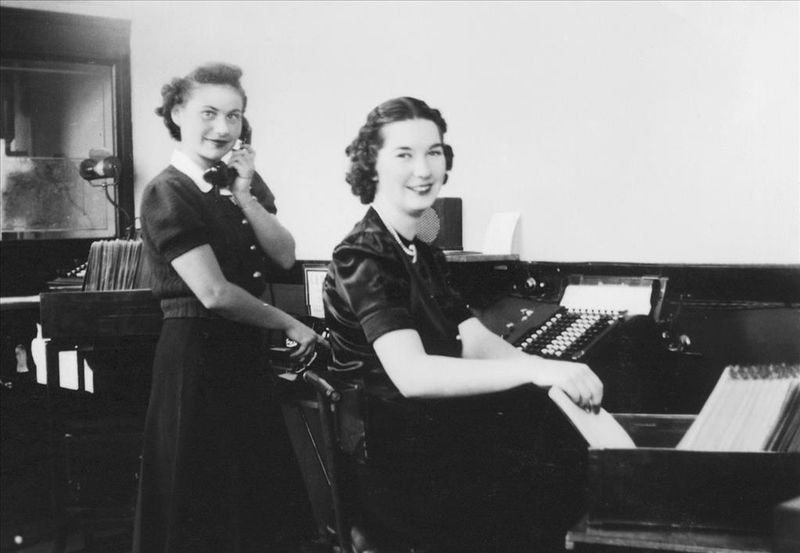
In the 1930s, financial autonomy for women was a rare luxury. Despite earning their own money, many women were required to hand over their paychecks to their husbands or fathers. This control, or lack thereof, extended beyond beliefs; it was woven into the fabric of daily life.
Picture waking up day after day, working tirelessly, and yet having no say over your earnings. For many, this was the reality, where the concept of financial independence was a distant dream. Today, while disparities still exist, women have the right to their own bank accounts and financial decisions.
This lack of control was a tool of oppression, a means of keeping women dependent. It’s a stark contrast to now, where financial literacy and independence are encouraged and achievable. The struggles of the past remind us how far we’ve come and why we must continue advocating for equality in all aspects of life.
3. Being denied a voice in political spaces
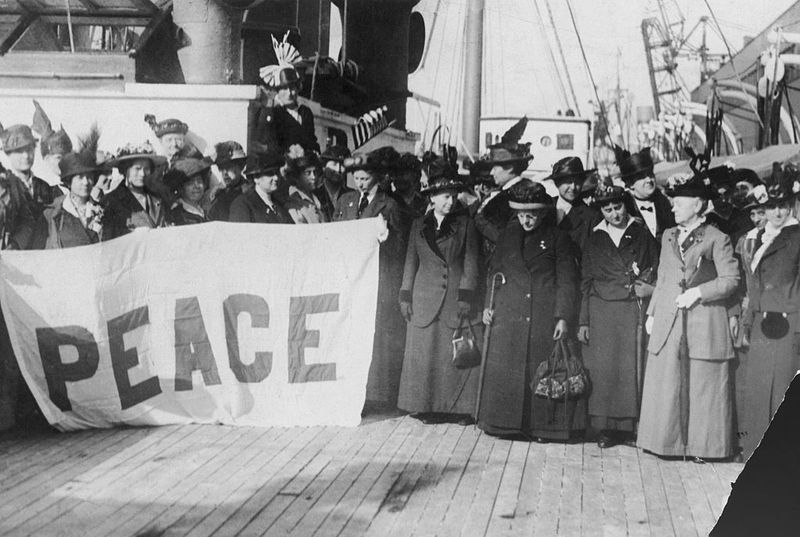
After women won the right to vote in the 1920s, one might assume their voices would echo in political spaces. However, the 1930s painted a different picture. Women found themselves sidelined, their opinions often dismissed in meetings or political discussions.
Consider the frustration of advocating for change but being met with patronizing smiles or outright dismissal. Women were expected to remain on the periphery, watching from the sidelines as men made decisions that affected everyone’s lives. Their potential contributions were often overlooked simply because of their gender.
Today, women are not only voters but also leaders in political arenas worldwide. Although challenges persist, the progress is undeniable. While the struggle for equal representation continues, we must remember those who fought tirelessly to pave the way. Their silent endurance during the ’30s laid the groundwork for the voices that now demand to be heard.
4. Accepting marital abuse as a private issue
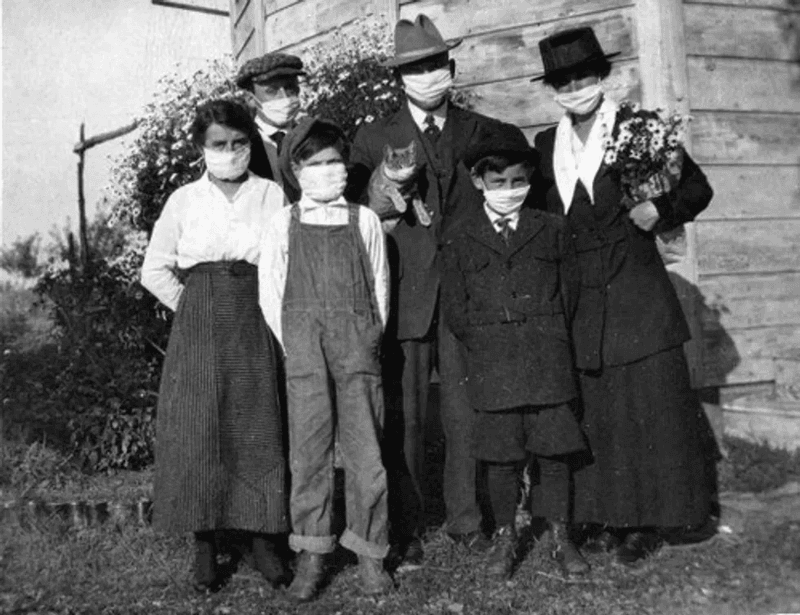
In the 1930s, marital abuse was shrouded in silence. Society viewed it as a private matter, leaving women trapped in a cycle of fear and isolation. The police and community often turned a blind eye, reinforcing the notion that a husband’s actions within the home were his business alone.
Imagine living with the constant fear of violence, knowing reaching out for help might only bring further harm. Women endured in silence, their suffering hidden behind closed doors. Today, while domestic abuse still exists, there are legal protections and support systems in place to help victims escape such situations.
The bravery of those who spoke out, despite societal norms, cannot be overstated. Their courage helped lay the foundation for modern advocacy against domestic violence, pushing society to recognize and address these issues openly. Their endurance became a catalyst for the changes we see today.
5. Being denied credit, loans, or mortgages without a man
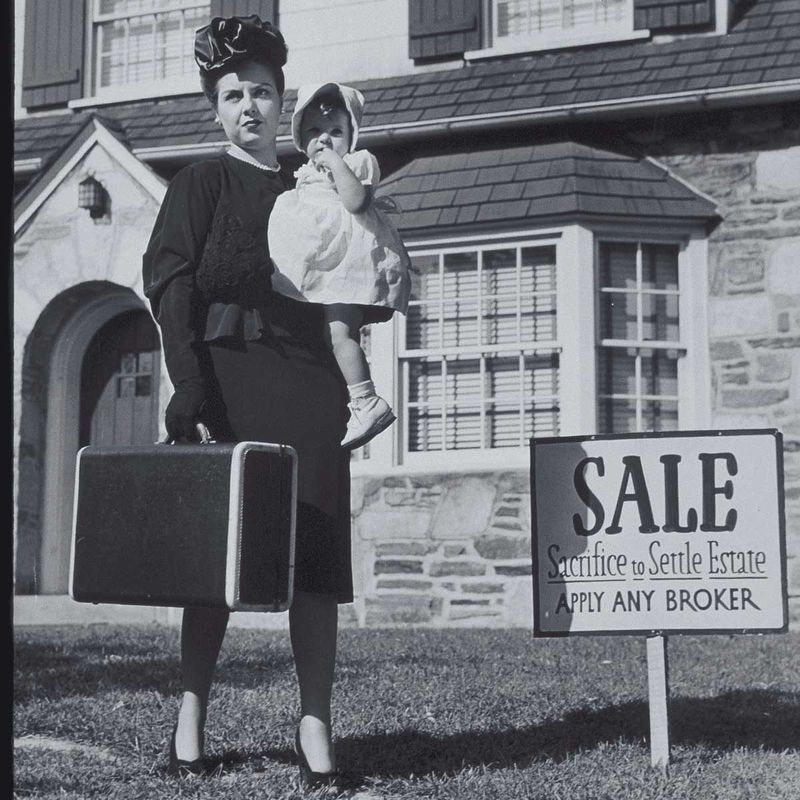
Financial independence was nearly impossible for women in the 1930s. Without a husband or male relative’s co-signature, credit, loans, and mortgages were out of reach. This financial gatekeeping kept women dependent, limiting their ability to secure housing or start a business.
Picture the frustration of being told “no” simply because of gender, regardless of capability or character. It was a system designed to keep women tethered to men financially, adding another layer of endurance to their daily lives. Today, women have the right to their own financial dealings and the ability to forge paths independently.
The fight for financial independence was a battle of persistence and resilience. The struggles women faced in securing their own financial future in the ’30s remind us why it’s crucial to keep pushing for equality in all aspects of life, fostering an environment where everyone has equal opportunities.
6. Living under strict dress codes in public and private
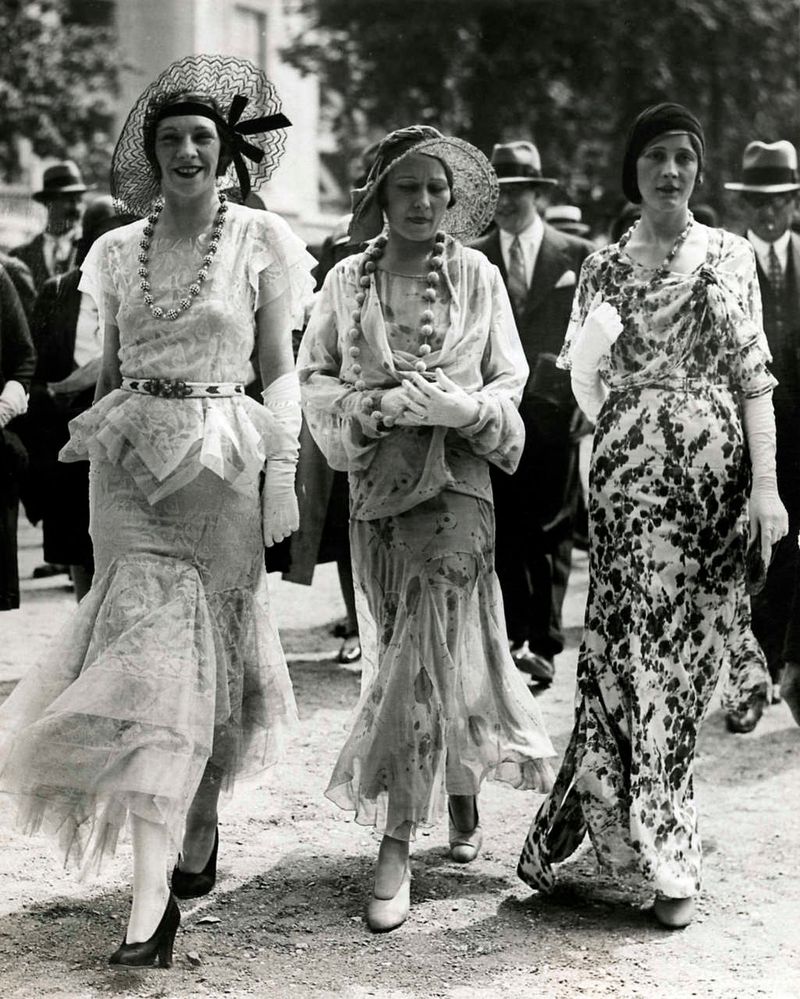
Fashion in the 1930s was more than just an expression; it was a societal rulebook that dictated a woman’s place. Dress codes were strict, with expectations that women maintain a modest appearance both in public and private.
Envision waking each day to face scrutiny not only from society but from oneself, as even minor deviations from the norm were met with judgment. Clothing was a tool used to reinforce gender roles, with modesty often equated to morality. It was a visual representation of a woman’s “proper” place within society.
Today, while fashion trends still spark debate, women have far more freedom to express themselves through their clothing. The fight against restrictive dress codes was part of broader battles for autonomy and self-expression, highlighting the resilience required to challenge deeply ingrained societal norms. Each choice of attire was a silent act of rebellion against imposed constraints.
7. Being expected to endure childbirth with no say
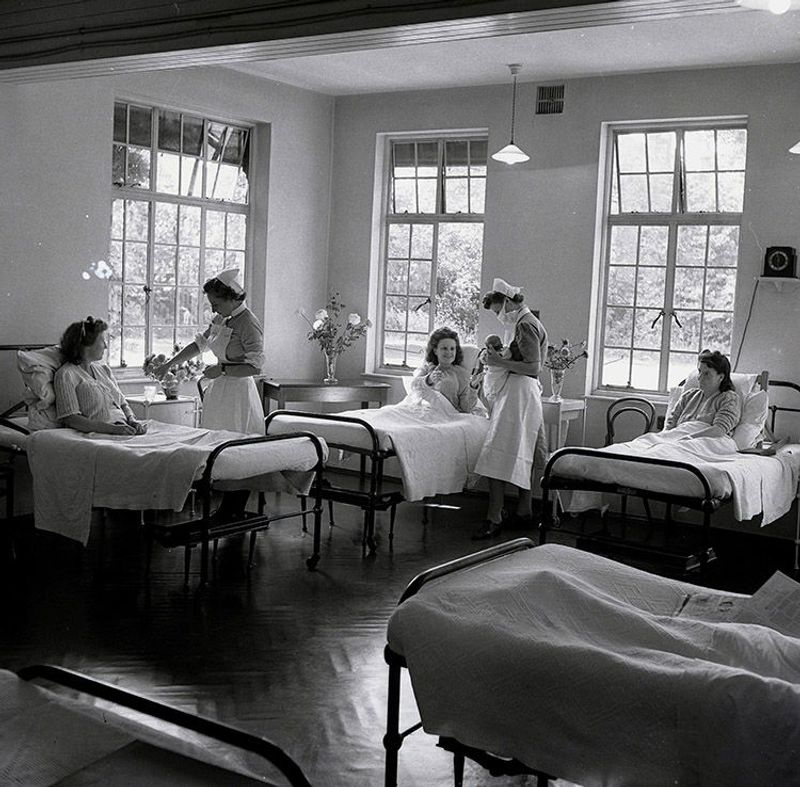
Childbirth in the 1930s was often an ordeal where women had little to no say over the process. Medical decisions were typically made by male doctors, with women expected to comply silently. This lack of autonomy extended to reproductive choices, impacting decisions about family size and health.
Picture the anxiety of knowing your body was not truly your own, as others dictated how you should experience one of life’s most personal events. This was endurance in its most intimate form, where personal agency was stripped away in the name of medical authority.
Fortunately, today’s women have greater access to information and the ability to make decisions about their reproductive health. While challenges remain, the progress made from the ’30s to now underscores the importance of advocating for women’s health rights. The endurance of past generations has fueled the ongoing fight for reproductive justice.
8. Having no legal protection against workplace harassment
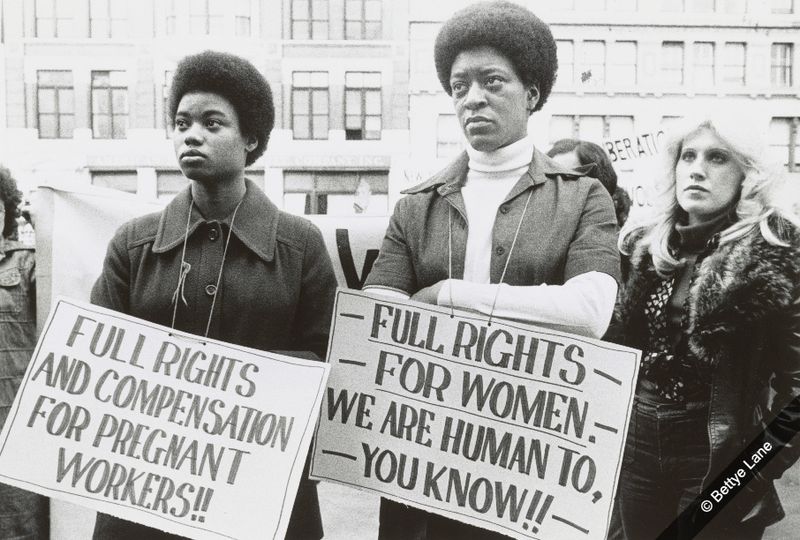
Workplace harassment in the 1930s was an unspoken reality, with no legal protections in place. Women often faced unwanted attention, comments, and advances, which were dismissed as “part of the job.” The lack of recourse left many feeling powerless and trapped.
Imagine the exhaustion of navigating a work environment where professionalism was overshadowed by harassment. Women endured in silence, knowing that speaking out could risk their job security. Today, while workplace harassment still occurs, there are laws and procedures to address and combat such behavior.
The resilience of those who endured paved the way for current workplace protections and advocacy. The challenges faced in the past remind us of the ongoing need to create safe and respectful work environments for everyone. Their endurance laid the groundwork for modern movements that continue to challenge workplace inequalities.
9. Being told education was wasted on girls
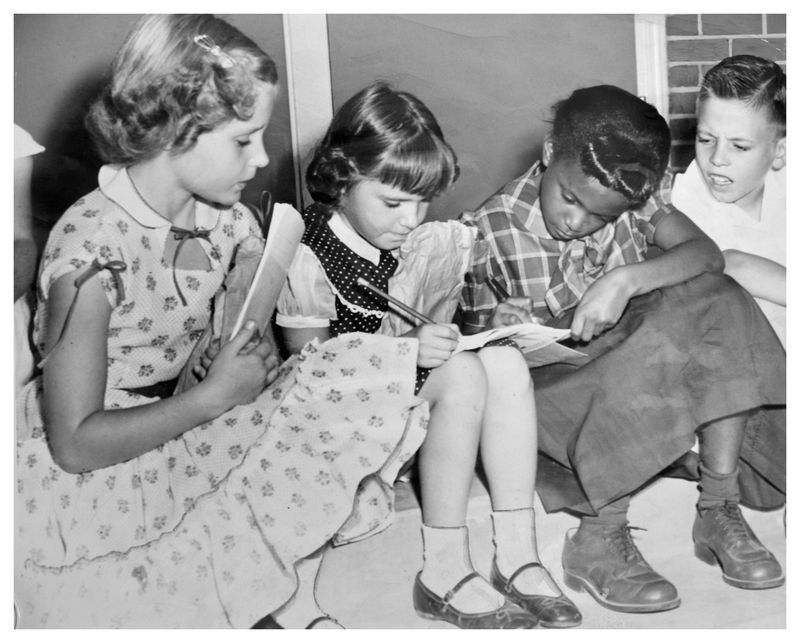
The 1930s were a time when education was often seen as unnecessary for girls. Many were told that their future roles as wives and mothers didn’t require formal schooling. This belief stifled potential and squashed dreams, as girls were often encouraged to focus on domestic skills instead.
Consider the yearning of a young mind eager to learn, only to be told that knowledge is not for her. Education was a privilege reserved for boys, reflecting a society that undervalued women’s intellectual contributions. Today, girls have greater access to education, and gender equality in schooling is better recognized.
The silent resilience of those who pursued knowledge against the odds continues to inspire the push for equal educational opportunities. Their struggles remind us of the importance of education in empowering individuals and breaking cycles of inequality. Each page turned was a step toward a brighter, more inclusive future.
10. Being treated as a man’s property—legally and socially
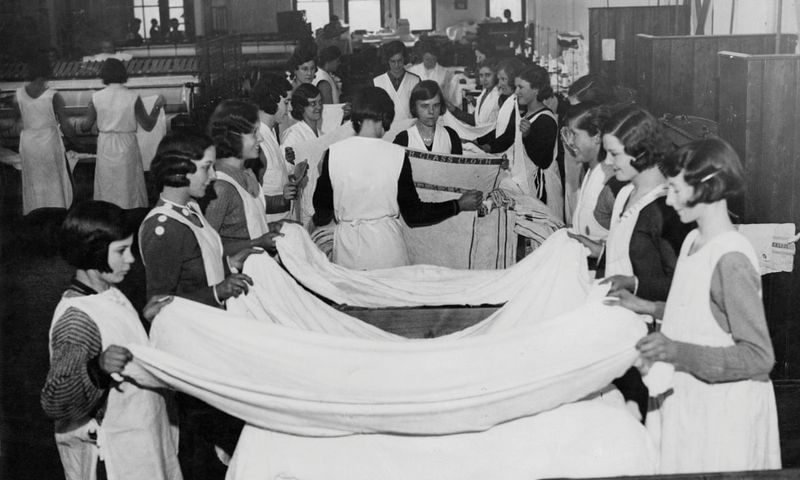
In the 1930s, a woman’s autonomy was often legally and socially curtailed as she was regarded as property of her husband or father. This view was rooted in laws and norms that prioritized male decision-making over female independence.
Imagine living a life where every decision required approval from a man, be it your husband, father, or brother. Women were expected to adhere to the roles assigned to them, with little room to define their own identity. Today, while inequalities persist, significant strides have been made toward recognizing women as independent entities with equal rights.
The endurance of women in the face of such systemic oppression laid the foundation for the ongoing struggle for gender equality. Their courage and determination to challenge these norms have been instrumental in reshaping societal views, highlighting the importance of continuing the fight for full autonomy and recognition.
11. Being shamed for wanting time to themselves
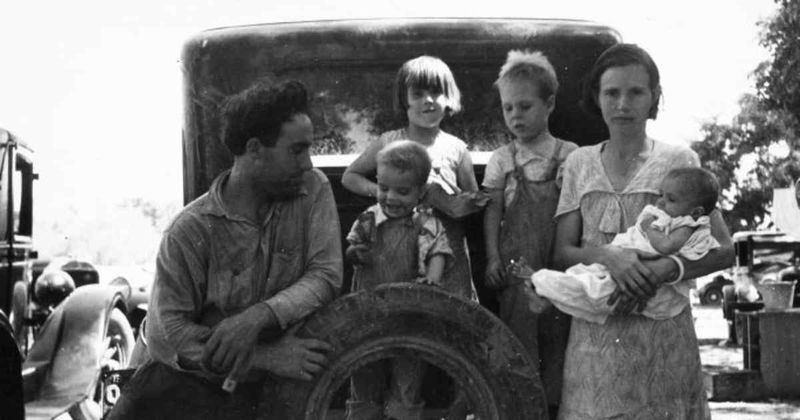
The concept of self-care was foreign in the 1930s. Women were expected to dedicate their lives to others, whether through homemaking or providing care, leaving little time for themselves. Those who sought solitude or personal time were often met with criticism and shame.
Picture the exhaustion of a life filled with endless demands, where moments of peace were stolen rather than given. Women who dared to prioritize their own needs were labeled selfish, reinforcing the notion that their primary role was to serve others. Today, self-care is recognized as essential, though the struggle to balance responsibilities remains.
The quiet rebellion of those who insisted on personal time was a crucial step toward promoting well-being and mental health awareness. Their endurance in claiming those moments of respite highlights the ongoing journey to redefine the roles and expectations placed on women, emphasizing the importance of self-care for everyone.
12. Being labeled “hysterical” for expressing emotion
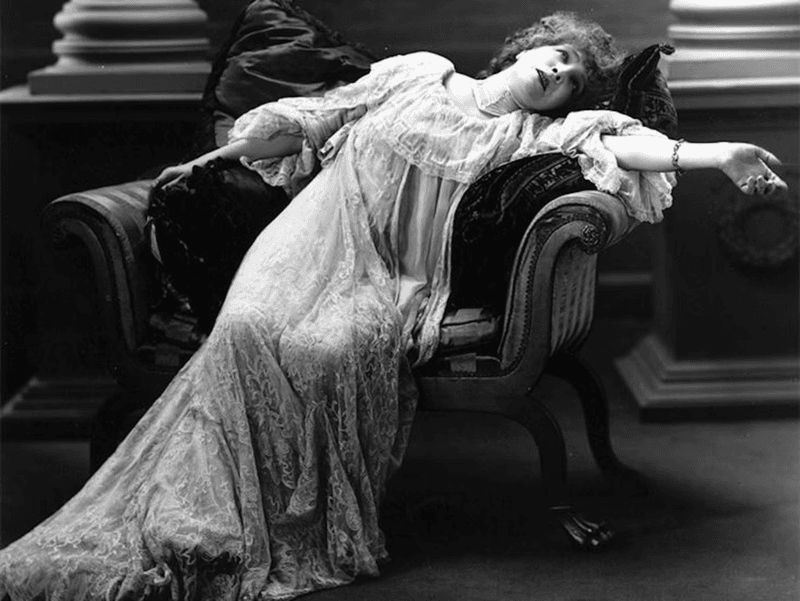
Expressing emotion in the 1930s often led to women being labeled as “hysterical.” This term, steeped in sexism, served to undermine and dismiss women’s feelings, reinforcing stereotypes about their supposed irrationality.
Imagine the frustration and hurt of not being able to express your emotions without derogatory labels being attached. Women had to suppress their feelings, knowing that any display could be used against them. Today, while stereotypes about emotional expression persist, there is greater awareness and acceptance of mental health needs.
The endurance of women who continued to express themselves despite societal backlash paved the way for modern discussions on mental health and emotional well-being. Their resilience in facing such criticism highlights the ongoing battle against stigmatization and the importance of recognizing and validating emotional experiences for all genders.
13. Needing permission to travel or relocate
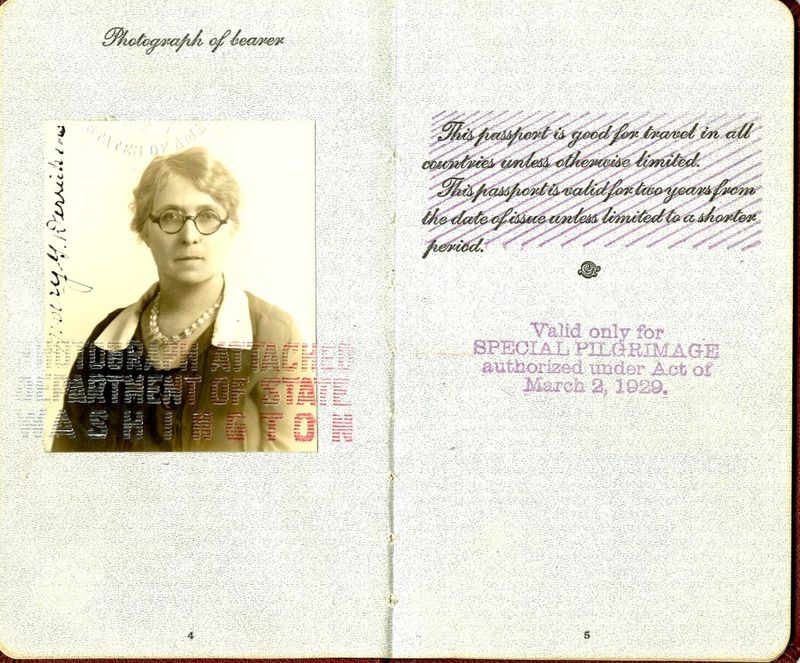
Geographic freedom was not a privilege readily available to women in the 1930s. To travel or relocate, a woman often needed permission from a male relative, adding another layer of control over her life.
Picture the sense of confinement in wanting to explore new places or opportunities but being tethered by societal expectations and familial approval. Women’s ambitions were often limited not by their ability but by the constraints imposed upon them. Today, while some restrictions remain in certain cultures, women generally enjoy greater freedom to travel and make decisions about their own movements.
The endurance of women who navigated these restrictions, seeking ways to expand their horizons despite obstacles, serves as a testament to their resilience. Their struggles underscore the vital need for autonomy and mobility rights, advocating for a world where women can freely pursue their aspirations without barriers.
14. Staying in marriages they didn’t choose or want
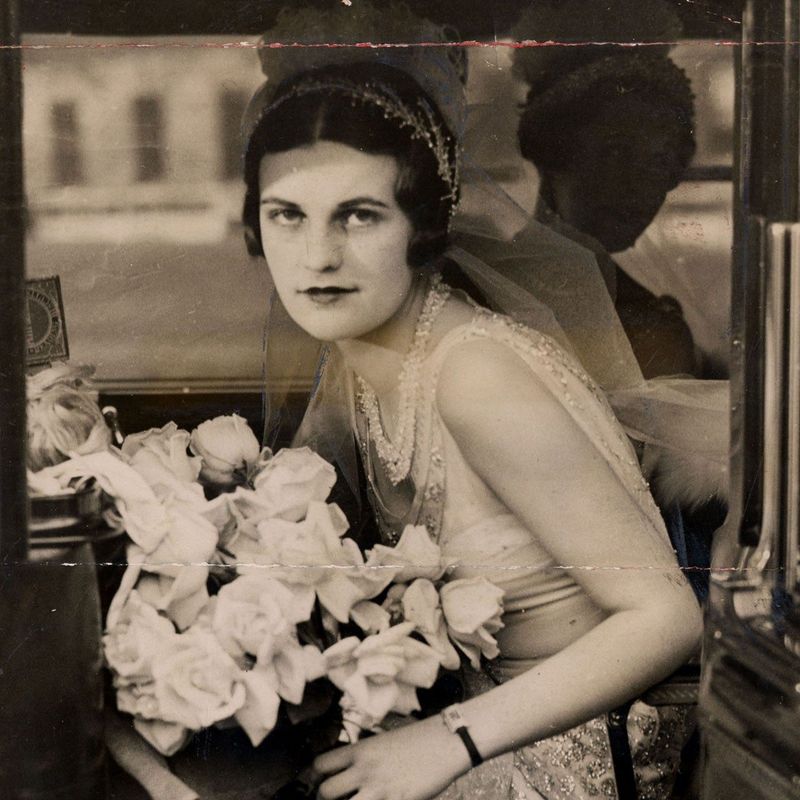
Marriage in the 1930s was often less about choice and more about obligation. Divorce was socially stigmatized and legally challenging, leaving many women trapped in unwanted marriages.
Consider the pain of sharing a life with someone you didn’t choose, unable to escape due to societal pressures and lack of legal recourse. Women endured in silence, bound by vows that offered little happiness. Today, while marriage still presents its challenges, individuals have more freedom to choose their partners and dissolve marriages that don’t work.
The endurance of women who faced these constraints highlights the ongoing need to support marital autonomy and provide resources for those seeking to leave unhappy situations. Their experiences remind us of the importance of choice and consent in relationships, advocating for a society where everyone has the right to happiness and self-determination.
15. Raising children with no support system beyond other women

In the 1930s, raising children was a communal effort, often relying solely on other women for support. There were no mental health services or safety nets for mothers, who had to endure the challenges of parenthood largely alone.
Imagine the weight of nurturing a family with limited resources, where the only support came from neighbors or family, equally burdened by their own responsibilities. Today, while challenges in parenting persist, there are more resources and community systems available to assist families.
The endurance and solidarity of women supporting each other through these trials emphasize the importance of community and shared responsibility. Their experiences underline the need for comprehensive support systems that address the diverse needs of families, helping to foster environments where children and parents alike can thrive.

